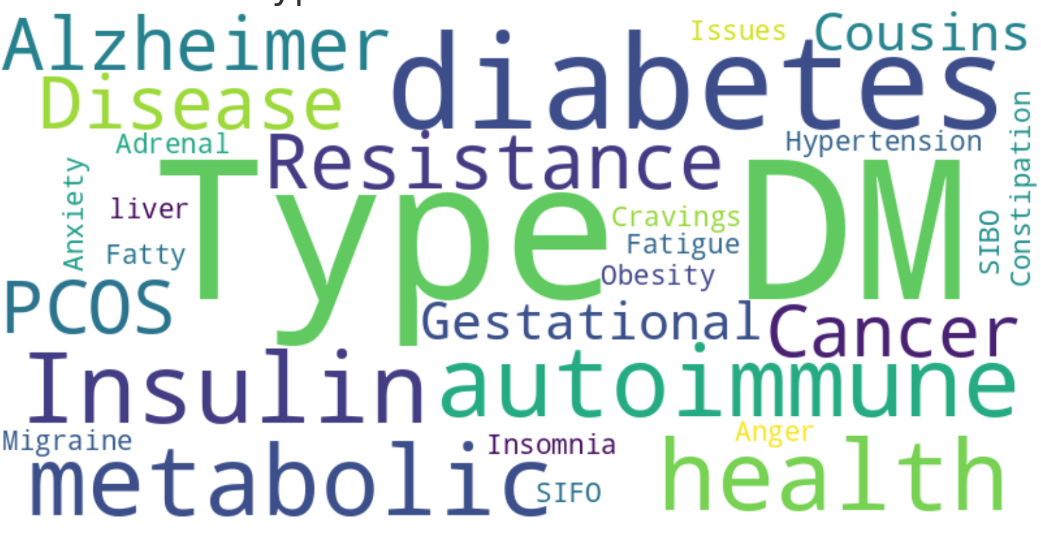- Courses
- GS Full Course 1 Year
- GS Full Course 2 Year
- GS Full Course 3 Year
- GS Full Course Till Selection
- Answer Alpha: Mains 2025 Mentorship
- MEP (Mains Enrichment Programme) Data, Facts
- Essay Target – 150+ Marks
- Online Program
- GS Recorded Course
- Polity
- Geography
- Economy
- Ancient, Medieval and Art & Culture AMAC
- Modern India, Post Independence & World History
- Environment
- Governance
- Science & Technology
- International Relations and Internal Security
- Disaster Management
- Ethics
- NCERT Current Affairs
- Indian Society and Social Issue
- NCERT- Science and Technology
- NCERT - Geography
- NCERT - Ancient History
- NCERT- World History
- NCERT Modern History
- CSAT
- 5 LAYERED ARJUNA Mentorship
- Public Administration Optional
- ABOUT US
- OUR TOPPERS
- TEST SERIES
- FREE STUDY MATERIAL
- VIDEOS
- CONTACT US
Types of Diabetes: Now Including Type 5
Types of Diabetes: Now Including Type 5
15-04-2025

At the International Diabetes Federation’s (IDF) World Diabetes Congress, a new form of diabetes has been officially recognized — Type 5 Diabetes, also known as malnutrition-related diabetes.
Type 5 Diabetes (J-type Diabetes)
- Type 5 diabetes is closely linked to chronic undernutrition, especially during childhood or adolescence.
- It is most often seen in individuals with low body weight or low Body Mass Index (BMI).
- Unlike other types of diabetes, which are often associated with overnutrition or autoimmune factors, Type 5 stems from long-term malnutrition, affecting the body's ability to regulate blood sugar properly.
Other Recognized Types of Diabetes
-
Type 1 Diabetes
- Caused by the autoimmune destruction of the insulin-producing beta cells in the pancreas.
- As a result, the body cannot produce insulin, which is essential for controlling blood sugar levels.
- It usually develops in childhood or early adulthood.
-
Type 2 Diabetes
- Characterized by high blood sugar levels due to insulin resistance or the body's inability to produce enough insulin.
- Often linked to obesity, overnutrition, and lack of physical activity.
- It is the most common form of diabetes and typically develops in adults, though it is increasingly seen in younger people.
Gestational Diabetes
- Occurs during pregnancy, when blood glucose levels rise due to hormonal changes and insulin resistance.
- It can lead to health complications for both the mother and the baby, and may increase the risk of developing type 2 diabetes later in life.
|
Also Read |
|
| FREE NIOS Books | |




